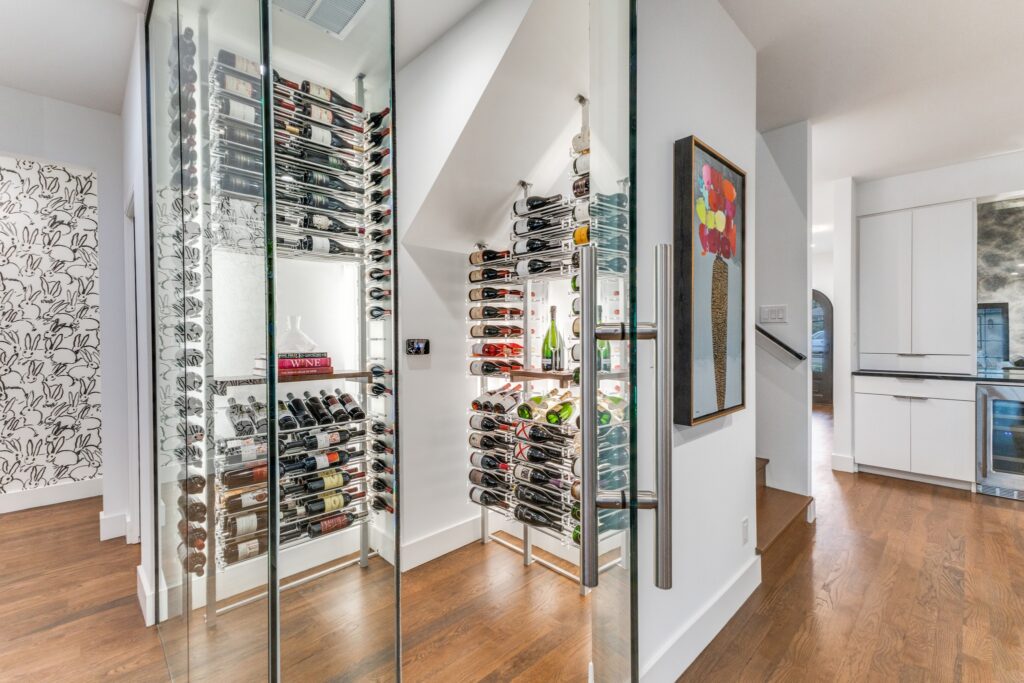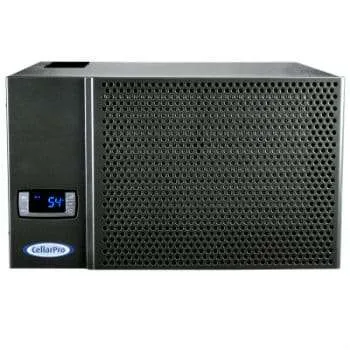So, you’ve taken the plunge. You’ve built a beautiful wine cellar, a sanctuary for your prized bottles of Cabernet, Pinot, and Champagne. But as the seasons change, a familiar anxiety sets in: the summer heat. Maintaining that perfect 55°F (13°C) with 60-70% humidity can feel like a constant, expensive battle.
Before you resign yourself to sky-high energy bills, know this: cooling your wine cellar doesn’t have to break the bank. The “cheapest” method isn’t about finding the absolute lowest-priced unit; it’s about maximizing efficiency and choosing the right system for your specific setup.
Let’s break down the most cost-effective path to a perfectly chilled cellar.
First, The Foundation: It’s All About Insulation
The single cheapest thing you can do to cool your wine cellar is to prevent heat from getting in. No cooling unit, no matter how powerful or efficient, can work economically against a poorly insulated room.
Walls, Ceiling, and Floor: Ensure your cellar is properly insulated with a vapor barrier. For below-ground cellars, this is slightly easier. For above-ground or closet conversions, proper insulation is non-negotiable.
The Door: A standard interior door is a major weak point. Invest in an exterior-grade, solid-core, or specialized wine cellar door with a proper seal.
The “Free” Cooling: If you have a below-ground basement that naturally stays cool, leverage it! A simple vent or fan system can sometimes pull in enough cool air to maintain temperature, requiring minimal energy.
By prioritizing insulation, you dramatically reduce the workload on your cooling unit, which is where the real savings happen.
The Real Contenders: Best Cooling Options for Your Budget
When it comes to the cooling unit itself, two options stand out for their combination of affordability, efficiency, and performance: through-the-wall cooling units and self-contained cooling systems.
Often seen in hotel rooms, these units are a surprisingly perfect and budget-friendly fit for many wine cellars.
How they work: They are installed in a sleeve that goes through an exterior wall. They work by expelling heat directly to the outside and blowing cool air inside.
Why they’re a great cheap option:
Low Initial Cost: They are significantly less expensive to purchase than larger, more complex split systems or ducted systems.
DIY-Friendly Installation: If your cellar has an exterior wall, installation can be far simpler and cheaper than a system requiring refrigerant line runs and an external condenser.
All-in-One Simplicity: The entire system is contained in one box, making repairs and maintenance straightforward.
Ideal For: Smaller to medium-sized cellars (under 500 bottles) with an accessible exterior wall.
This is the gold standard for dedicated wine storage and for good reason. It offers the best balance of performance and value.
How they work: Also known as “ductless split systems,” they have two parts: an evaporator unit inside the cellar and a condenser unit located outside (like a central AC unit). They are connected by a small line set that carries refrigerant.
Why they’re the best value long-term:
Superior Efficiency: These systems are designed for one job: cooling a sealed space. They are incredibly energy-efficient, saving you money on your monthly bills for years to come.
Precise Control: They offer exact temperature and humidity control, which is crucial for fine wine preservation.
Quiet Operation: Since the noisy compressor is located outside the cellar, the interior unit is very quiet—no disruptive humming near your wine.
Preservation-Focused: They are designed to handle the high humidity levels of a wine cellar without icing up, a common problem with repurposed AC units.
Pro Tip: Avoid using a standard window AC unit or a portable “spot” cooler. They are not designed for the constant running and high humidity of a wine cellar. They will ice up, fail prematurely, struggle to maintain a precise temperature, and ultimately cost you more in replacements and spoiled wine.
The Verdict: What’s the Cheapest Way?
The truly cheapest way to cool your wine cellar is a two-step process:
Invest in impeccable insulation. This is your biggest upfront savings on long-term operational costs.
Choose the right efficient cooling unit. For most enthusiasts, this means a self-contained system for its legendary efficiency and reliability. For those on a tighter initial budget with the right layout, a through-the-wall unit is an excellent and effective alternative.
While the initial price tag of a self-contained system might be higher, its energy efficiency, precise control, and durability make it the most cost-effective choice over the lifetime of your collection. It’s an investment that protects both your wine and your wallet. Stay Cool!






